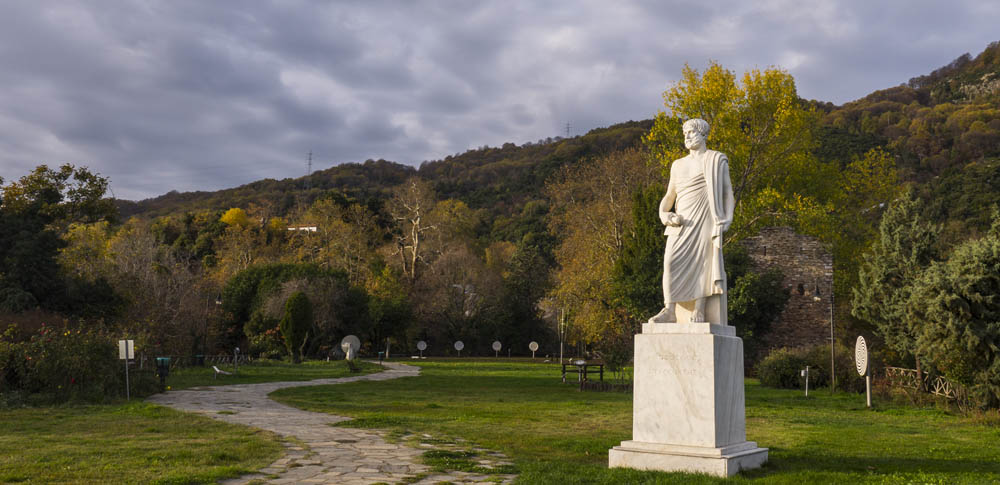Chalkidiki is characterised by its important historical and cultural wealth, which is inextricably linked to the mining activity in the area, and in particular in its northeastern part, which is rich in mixed sulfide ores. Furthermore, it is the area where mining activities began earlier than in other Roman areas, in the Roman era.
The Kassandra mines expand in a wider area of a total surface of 200 square kilometers among the villages of Olympiada, Stanou, Megali Panagia and Ierissos. They include the deposits of basic sulfide and precious sulfide metals of Olympiada, Madem Lakkos, Mavres Petres, the deposits of manganese-gold of Piavitsa and Varvara and the deposits of copper-gold of Skouries and Megali Panagia.
The mines of gold, silver, lead, zinc, copper and manganese of the Northern Chalkidiki (Stratoni and Olympiada) consisted the main financing source of the kingdom of Macedon and of the campaigns of Alexander the Great.
Cornel L. Sagui, in his article “The ancient Mining Works of Cassandra”, which has been published in the Economic Geology magazine, claims that he found here, in the galleries of the mines of Lipzada (Olympiada), coins of Philip and of Alexander.
In the area remain more than 300 wells and approximately 200,000 cubic meters of ancient metallurgical debris, the common “rust” which are remains of the ore smelting. Based on historical sources and on results of direct and indirect analyses and determinations that have been performed for the aforementioned rust, the beginning of the activity dates back to the beginning of the Classical antiquity.

